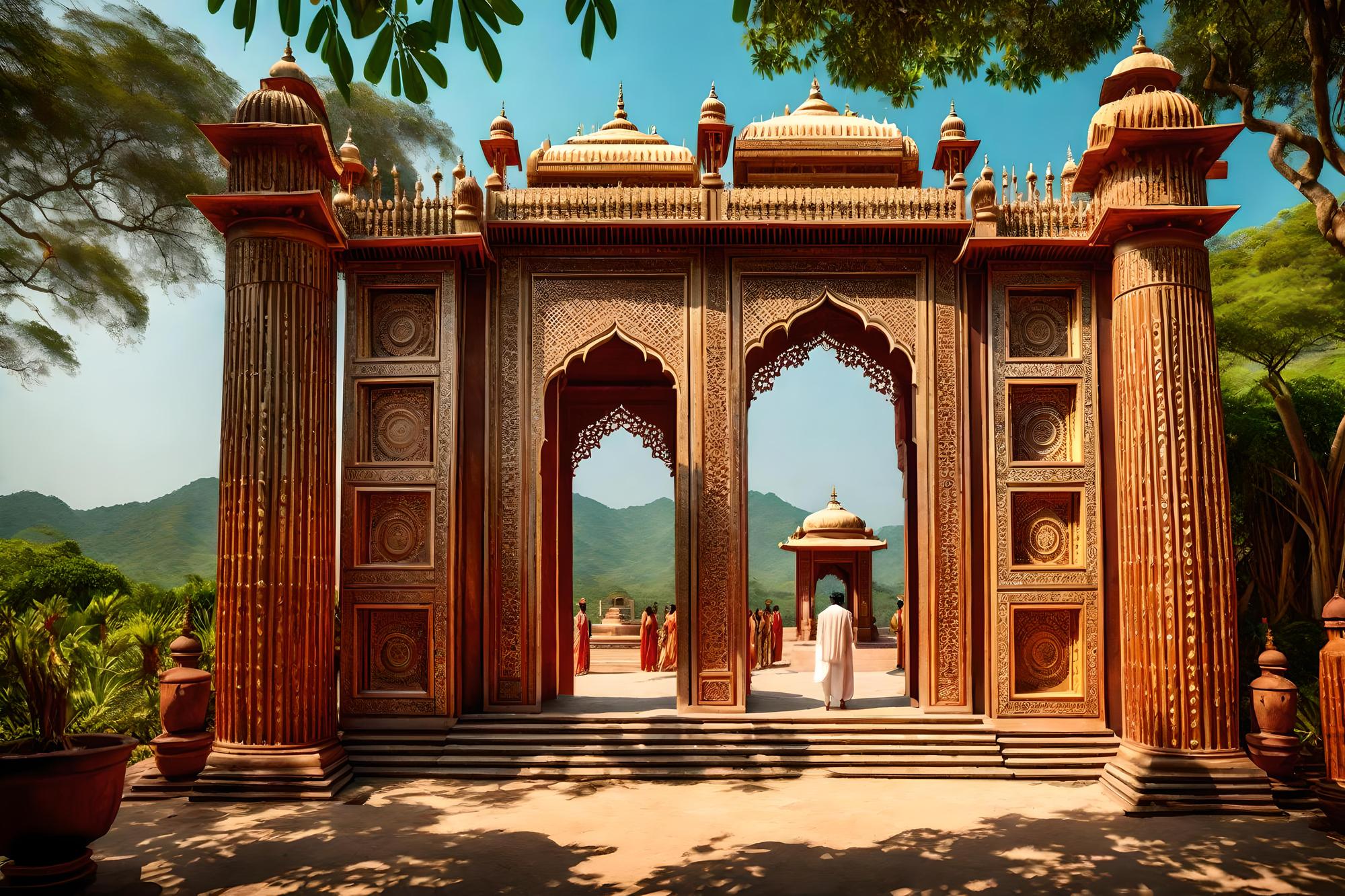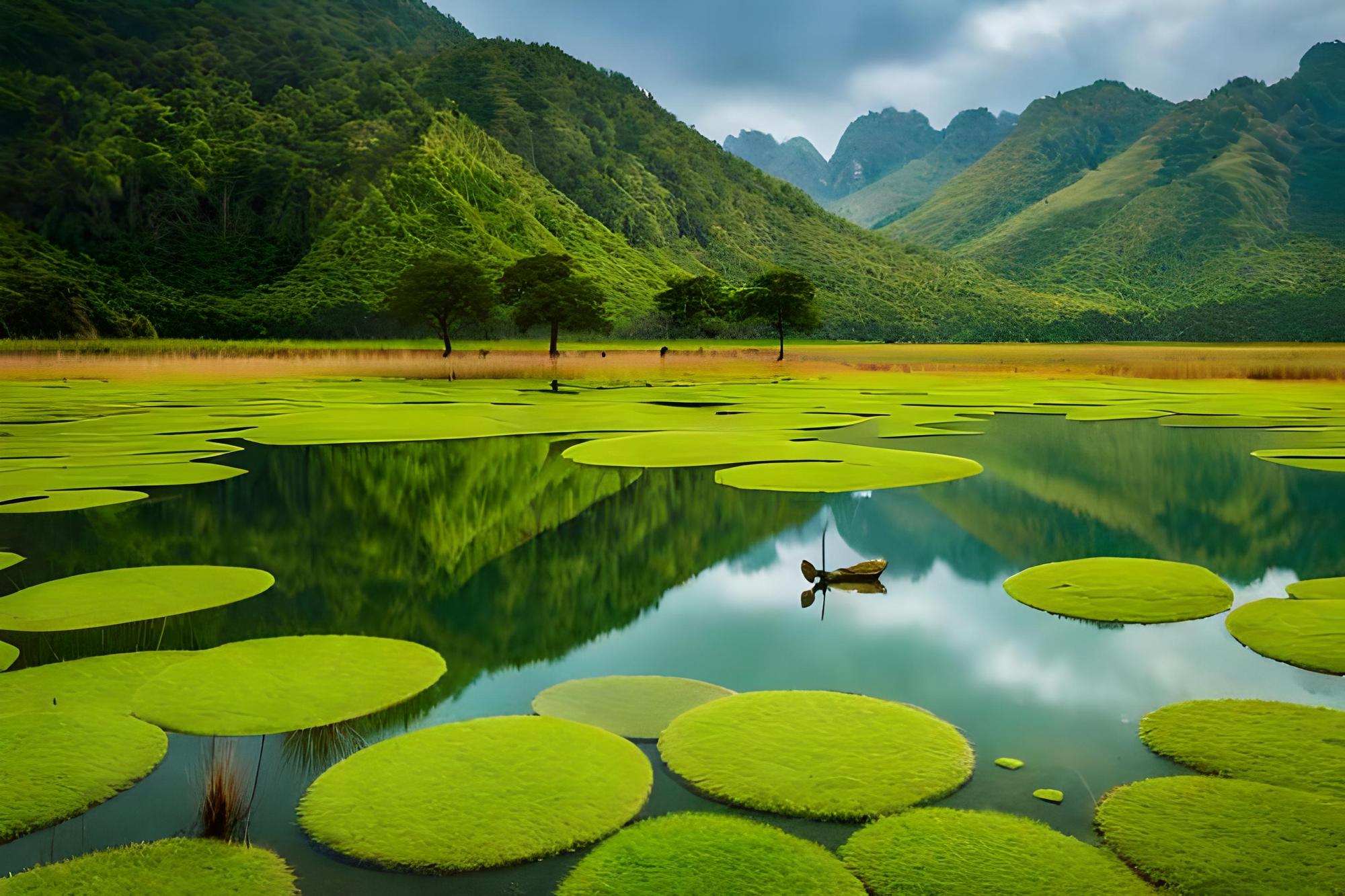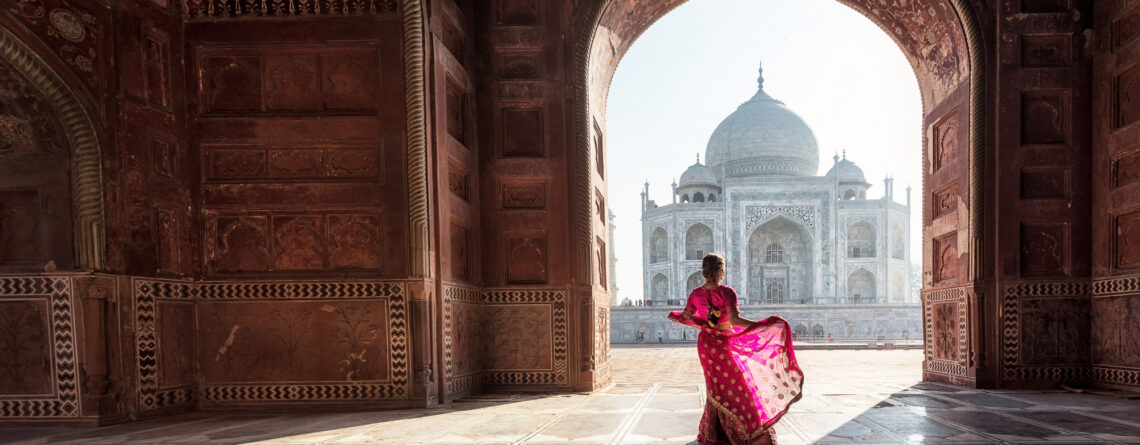Discover India’s Architectural Marvels: Taj Mahal to Jaipur’s Palaces
Nova Parker2024-03-12T07:31:15+00:00India, with its rich history spanning millennia, is home to some of the most breathtaking architectural wonders in the world. From the iconic Taj Mahal to the grandeur of Jaipur’s palaces, each structure tells a story of artistic brilliance, cultural heritage, and historical significance. Let’s embark on a journey through the architectural marvels of India, where every monument is a testament to the country’s glorious past and enduring legacy.
The Taj Mahal: A Monument to Love and Beauty
Our journey begins with the epitome of love and architectural mastery, the Taj Mahal. Commissioned in the 17th century by Mughal Emperor Shah Jahan in memory of his beloved wife Mumtaz Mahal, this magnificent mausoleum stands as an eternal symbol of love. Crafted from gleaming white marble and adorned with intricate carvings, calligraphy, and inlays of precious stones, the Taj Mahal is a masterpiece of Mughal architecture. Its symmetrical design, reflecting pools, and meticulously manicured gardens create a sense of serenity and perfection that leaves visitors awestruck. Recognized as a UNESCO World Heritage Site and one of the New Seven Wonders of the World, the Taj Mahal continues to captivate millions with its timeless beauty and poignant story.
Jaipur: The Pink City’s Regal Splendor
Continuing our journey, we arrive in Jaipur, the capital city of Rajasthan renowned for its majestic palaces, forts, and vibrant culture. One of the most iconic landmarks in Jaipur is the Amber Fort, a formidable fortress perched atop a hill overlooking the city. Built in the 16th century by Raja Man Singh I, the fort’s imposing walls and grandiose architecture reflect the opulence of the Rajput era. Within its walls lie a series of palaces, courtyards, and gardens adorned with intricate frescoes, mirror work, and marble inlays, offering a glimpse into the lavish lifestyle of Rajasthan’s royalty.
Adjacent to the Amber Fort stands the magnificent City Palace, a sprawling complex that served as the seat of the Jaipur royal family. A blend of Rajput, Mughal, and European architectural styles, the City Palace showcases the grandeur and cultural richness of Rajasthan. From the intricately decorated gates of the Mubarak Mahal to the stunning artistry of the Peacock Gate, every corner of the palace complex is a testament to the craftsmanship and creativity of the artisans of yore.

The Hawa Mahal: A Jewel of Jaipur’s Architecture
No visit to Jaipur is complete without marveling at the Hawa Mahal, or Palace of Winds, an architectural marvel that stands as a symbol of Jaipur’s rich heritage. Built in 1799 by Maharaja Sawai Pratap Singh, the Hawa Mahal is renowned for its distinctive façade adorned with intricately carved windows and lattice-work screens. Designed to allow the royal ladies to observe street festivals and daily life while remaining unseen, the palace’s honeycomb-like structure creates a mesmerizing play of light and shadow that enchants visitors.
Beyond the Icons: Exploring India’s Hidden Gems
While the Taj Mahal and Jaipur’s palaces rightfully steal the spotlight, India is also home to numerous hidden architectural gems waiting to be discovered. In the southern state of Karnataka, the ancient ruins of Hampi offer a glimpse into the grandeur of the Vijayanagara Empire. Spread across a surreal landscape of boulder-strewn hills and banana plantations, Hampi’s temples, palaces, and monuments showcase the architectural prowess of a bygone era.
Further south, in the state of Tamil Nadu, the temples of Mahabalipuram and Thanjavur are architectural marvels that have stood the test of time. Carved out of solid rock, the Shore Temple of Mahabalipuram and the Brihadeeswarar Temple of Thanjavur are UNESCO World Heritage Sites renowned for their exquisite craftsmanship and architectural ingenuity.
Heading north to the state of Madhya Pradesh, the ancient cave temples of Ajanta and Ellora offer a glimpse into India’s rich religious and artistic heritage. Carved into the rocky cliffs over centuries, these UNESCO-listed sites feature intricately carved sculptures, murals, and monolithic structures that narrate the story of India’s ancient civilizations.

Preserving India’s Architectural Legacy
As we marvel at India’s architectural wonders, it’s essential to recognize the importance of preserving and protecting these heritage sites for future generations. With rapid urbanization and modernization, many historical monuments face threats from pollution, encroachment, and neglect. Initiatives such as UNESCO’s World Heritage program, local conservation efforts, and community engagement play a vital role in safeguarding India’s architectural legacy and promoting sustainable tourism practices.
Conclusion
India’s architectural marvels, from the sublime Taj Mahal to the majestic palaces of Jaipur, offer a glimpse into the country’s rich history, cultural diversity, and artistic heritage. Each structure, with its intricate craftsmanship and timeless beauty, stands as a testament to the ingenuity and creativity of the architects and artisans who brought them to life. Whether you’re a history enthusiast, an architecture aficionado, or simply a traveler in search of beauty and inspiration, a journey through India’s architectural wonders is sure to leave you spellbound and enriched.
So, as you plan your next adventure, consider delving into the architectural wonders of India, where every monument is a testament to the enduring legacy of one of the world’s oldest civilizations. From north to south, east to west, India beckons with its myriad of architectural treasures, waiting to be explored and cherished for generations to come. And with Yiata.com, you can easily book your flights and accommodations, ensuring a seamless and memorable journey through India’s rich cultural heritage.
For further inspiration, don’t miss out on our blog post “Incredible India: A Cultural Odyssey Through Its Festivals” to delve deeper into the vibrant tapestry of Indian culture and tradition.
